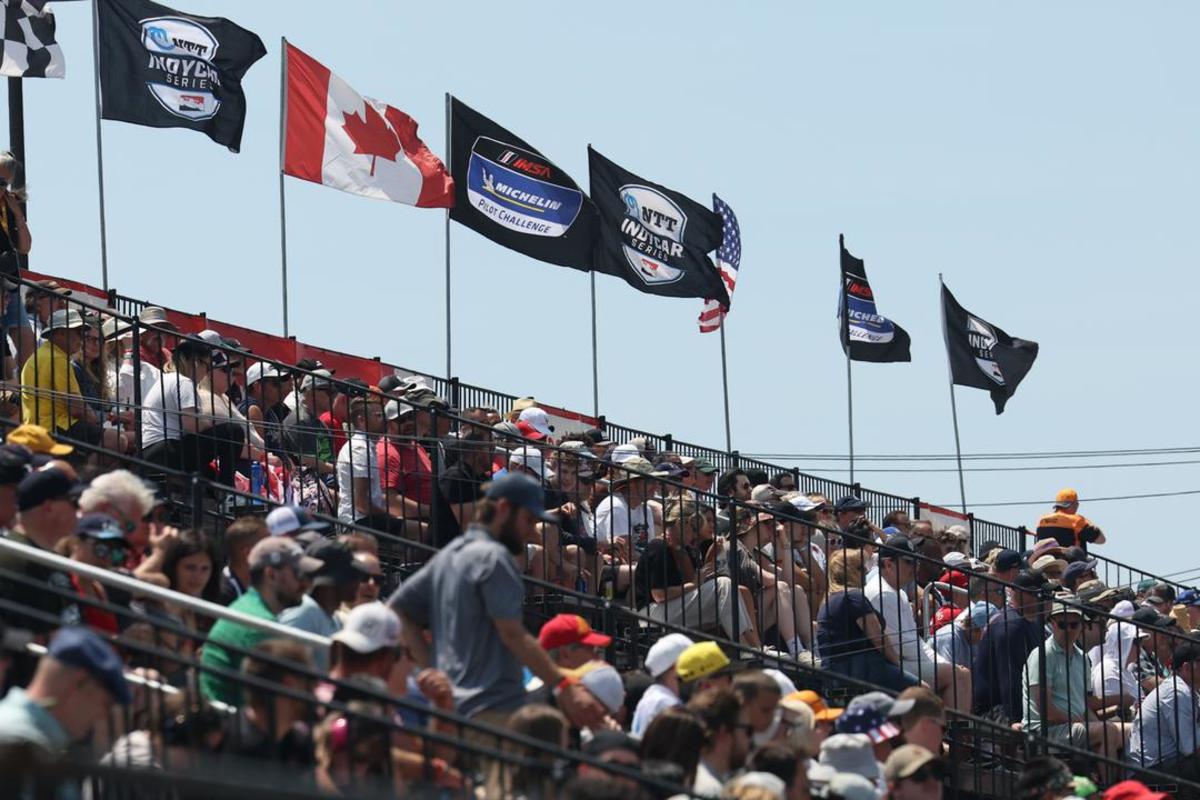IndyCar: New Detroit street course race needs just a few tweaks to become a true top-notch event

When you get used to something, any change -- especially something new -- can be both exciting and sad.
Such was kind of the case in Sunday's IndyCar Detroit Grand Prix.
There was a lot of excitement because it was the first time the Motor City hosted an IndyCar race on a temporary street course through the streets of downtown Detroit.
But it was also sad because the new track layout just didn't have the beauty or fun atmosphere that was present for the previous 20 editions of the Detroit GP on the picturesque layout of Belle Isle Park.

While this was a good start for the shift to downtown, I have a few suggestions to both IndyCar and Detroit city officials for next year's edition and beyond:
1) Street course racing obviously features cars racing on the same asphalt and concrete that thousands of cars and trucks pass upon every day (other than during race week, obviously).
While I understand IndyCar likes to have "character" in its streets, including bumps and patching on the surface, I would have thought that Detroit officials would have repaved at least some of the segments of the track.
Honestly, I'm disappointed at much of the patchwork surface on the 1.7-mile, nine-turn layout that looked terrible on TV. Detroit can do better, and hopefully it will do better in 2024, lest promoters consider moving back to Belle Isle, if not take the race out of the Motor City entirely. Maybe even a return to Michigan International Speedway?
You don't see such sometimes miserable track surfaces in places like Long Beach, Toronto and St. Petersburg. Those are all pristine, what a true surface should look like.
Obviously, racing in the home of GM, Ford and Dodge/Chrysler/Jeep is very important to those manufacturers, as well as IndyCar. But for a race that I thought would have had a pristine surface layout, Detroit really let down IndyCar and its fans.
2. IndyCar designed the track layout with Detroit officials, but there were certain sections of the track that, in my opinion, were just too narrow. To me, some of the tightest sections of the layout looked more like racing through an alley rather than on a street.
As a result, what is already tight racing on most street course layouts was even tighter in Detroit, to the point of near-ridiculousness. With barely enough room for two cars side-by-side, drivers couldn't pass in those alley-like areas, which robbed them of additional opportunities to get around their rivals, as well as robbed fans of being able to cheer for more action in wide-open passing zones.
OVERALL:
Now, overall, I thought it was a good race, not a great race, but it showed promise for the future. Maybe not as good as some of the 20 races I've watched at Belle Isle Park, but I also realize that this is the first effort on the downtown street course layout and there will be lessons learned and hopefully applied to future races there.
I'm optimistic that IndyCar and Detroit will listen to fans, media, drivers and team owners on what tweaks need to be made for next year's race. Overall, if I had to grade Sunday's event, while it wasn't as stellar an event as Long Beach, Toronto or St. Petersburg, I'd still give it a "B".
But for now, let's applaud Detroit and IndyCar officials on hosting and putting on a decent first-effort, a different kind of street race that only needs a bit of change to really become a first-class event that the Motor City and IndyCar both deserve and can be proud of.
